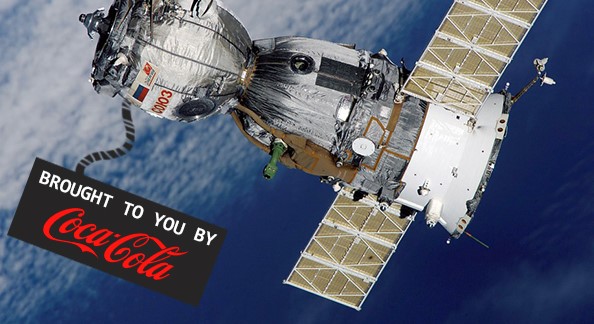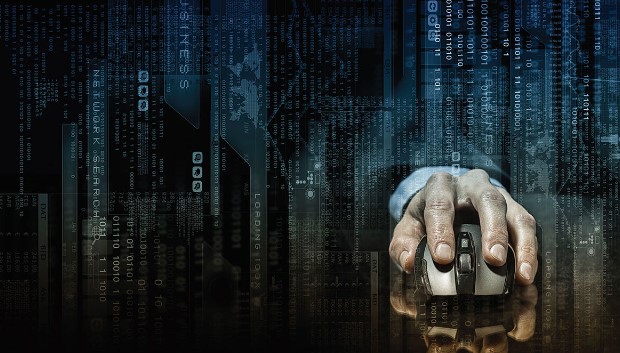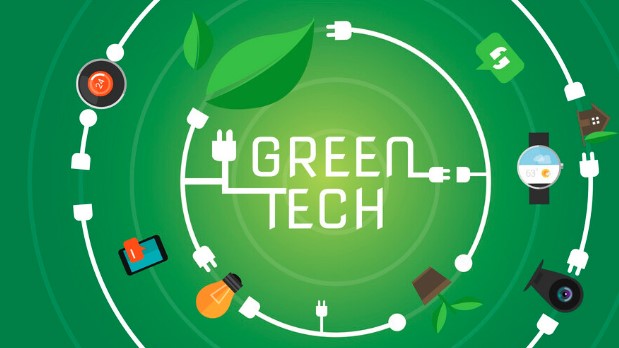Retail Tech Trends in 2022: Top 5 You Must Know

As we move into the year 2022, the ongoing pandemic is likely to bring dramatic changes to retail. It’s busier than ever for online
retailers and they’re faced with the challenge of filling orders and refreshing inventory at an increasing rate as well as reducing revenue and waste caused by returns.
On the other hand, in the world of malls, high streets, and brick-and-mortar stores, the challenges are very different, as retailers contend with declining footfall and face competition from global e-tailers on price and convenience.
Top 5 Retail Tech Trends in 2022
It’s clear that customers will continue to want in-person retail in 2022, especially when technology can create new experiences and increase convenience for customers.
Now is the time to develop hybrid shopping experiences like “buy online, pick up in-store” and develop omnichannel capabilities, so here are what we predict will be the hottest shopping trends in the next 12 months:
1. Cashierless Shopping

In 2018, Amazon opened its first cashier-less store, Amazon Go cashier-less store, which was a great success. Now, retailers are adopting the cashier-less store model.
When shoppers remove items from shelves and place them in their bags, these stores use cameras and sensors to track their actions. They automatically charge customers as soon as they leave the store.
Initially, the technology was only available in small convenience stores, but by 2022 we can expect to see it expand into large supermarkets, thanks to companies like Aldi and Tesco investing in the technology.
There is no doubt that the idea is controversial because, on the surface, it involves replacing human jobs with automated ones.
McKinsey estimates that replacing a retail employee with automated technology will cost between 20% and 30% of the wage of the human employee, so if the technology is available, businesses are likely to cut their workers’ wages.
On the other hand, the counter-argument is that automating mundane tasks like grocery scanning will free up humans to work on more rewarding tasks as opposed to just replacing them.
Therefore, the problem is as much a societal matter as an economic one, which means society at large – including legislators – will have to work together to find a solution rather than leave it up to corporations alone.
It is likely that this discussion will be more prominent in 2022 and throughout the decade.
2. Empirical Retailing
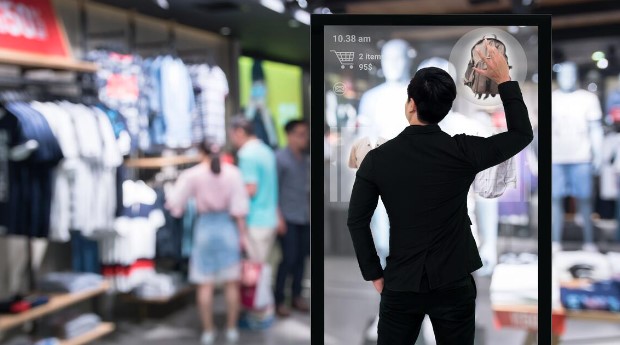
In making decisions about who to give their business to, consumers are increasingly looking at the experience as a significant differentiator.
As opposed to the past, where businesses mainly competed on price and product, today factors such as customer service, accessibility, ease of use, and the knowledge of sales staff play a major role in customers’ decisions.
From a technology perspective, empirical retailing is about putting measures in place to track and optimize the impact that these factors have on retailers’ businesses.
When working in a brick-and-mortar store, sales assistants possess hand-held terminals that can monitor shopping habits and past purchases. This allows them to provide the same “personalized” shopping experience as if they were shopping online.
In this article, we have discussed trends that can have an effect on retail customer experiences. This is what experiential retailing is all about.
Customers will likely be the focus for online retailers in 2022, with the advent of new means of connecting with them – such as online chatbots or one-to-one video chats where new products and services can be discussed.
In addition, augmented reality (AR) and virtual reality (VR) will be used to meet customer demand for getting “hands-on” with products in a virtual environment. With virtual fitting rooms, for instance, customers can “try on” clothes using AR.
It is possible to examine BMW cars from a virtual viewer, including getting a sense of how their exteriors look when parked outside the buyer’s house.
Alternatively, customers can view and interact with products in virtual reality through virtual showrooms such as Walmart.
3. Automation of Delivery
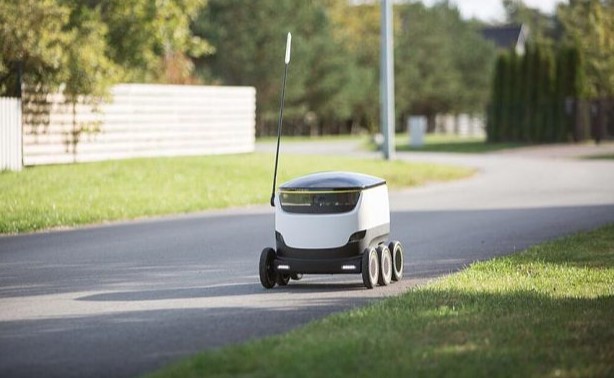
The “last mile” of delivery is often the most expensive segment. So, it makes sense for retailers to be focusing on this when it comes to self-driving deliveries.
Since its launch in 2016, Starship has made 1.6 million deliveries, and it plans on expanding its operations to more US and European cities next year. They have already become a familiar sight everywhere.
Honestly, it won’t surprise me if Amazon’s long-promised drone delivery service is still not available by 2022 (it was originally expected in 2018 but has continued to be delayed). Meanwhile, other companies have picked up the slack.
In 2021, a new drone delivery service from Alphabet is being tested in Australia, and it is estimated it will go into full operation in 2022.
According to the company, 10,000 cups of coffee were successfully delivered without a single accident.
Down on earth, Starship competitor Udelv, which delivers its goods autonomously through bots powered by machine learning, has announced that it will unveil a multi-stop autonomous cable transporter in 2022.
A self-driving vehicle enables multiple deliveries – up to 80 – in one trip. It travels on highways and is the first with this capability.
A robotic delivery service powered by mobility experts Segway is also launching this year as promised through a partnership with the LA startup Coco. The autonomous delivery revolution is likely to take off in 2022.
4. Social and Omnichannel Commerce

The phrase “omnichannel” in retail refers to using all the available avenues to reach customers and offer services – and increasingly social media and social selling are part of that approach.
As opposed to simply offering customers the option of connecting and buying through any channel – offline stores, websites, Facebook, Instagram, etc. – it means delivering a “joined-up” experience.
If, for instance, a customer orders an item from an e-commerce website, then checks the status of the order via Facebook Messenger, and eventually picks it up in-store, they will have the option of doing so.
In order to capitalize on this trend, it is important to create a coordinated customer experience across all channels, including emerging ones like metaverses and extended reality. The importance of social selling is also expected to increase.
Using social media to create direct selling opportunities encompasses many different methods, including the establishment of new sales portals, promotion of products through existing channels, and collaboration with influencers to create completely new revenue streams. Technology will be key to addressing this.
Retailers are looking to deploy “headless” architecture, which separates front-end and back-end processes in e-commerce.
As a result, omnichannel selling becomes far more agile by encouraging “plug-and-play” capabilities which allow retailers to easily add new features like voice control, chatbots, text message ordering, or any other new user experience or sales technology features they wish to implement.
5. Secure and Resilience Retail
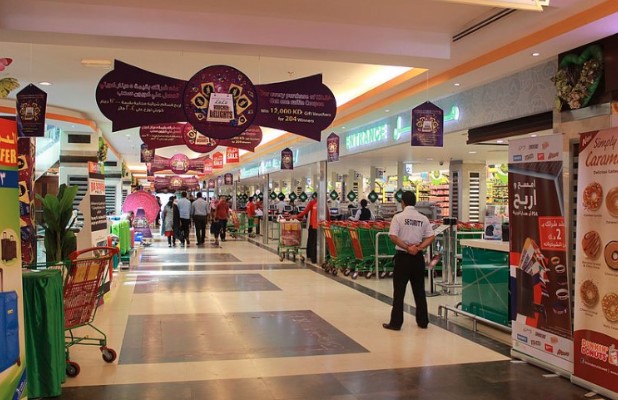
In light of all that has occurred over the past two years, it’s no surprise resilience is a key buzzword in B2C operations going forward. The security of covid (and possible future pandemics) is a major factor in the development of this trend, particularly in offline retail.
We can expect technology to be deployed to encourage and monitor social distance, such as the Voxel51 platform that monitors traffic footfall and warns of dangerous congestion builds-ups during crowded events.
Similarly, Wipro has developed a heat vision solution to detect viral infections by monitoring the body temperature of people in crowds. This software is also capable of monitoring whether facemasks comply with regulations.
Business disruptions and supply shortages caused by global disruptions to supply chains have also underscored the importance of resilience. Artificial intelligence (AI) and blockchain will become more prevalent in supply chain processes in 2022, creating more reliable and trustworthy processes.
While these initiatives won’t necessarily shield companies from disruptive events due to volatile world events, they make it easier to trace the origins of disruption when they occur and put measures in place to minimize their impact.
To further reduce risk when things outside of a company’s direct control break down, they will help identify areas where redundancy can be added. For example, they may suggest developing alternative backup supply chains and putting business closer to consumers.
Final Sayings
Technology is booming in the retail sector, and legacy technologies such as old point-of-sale systems and inventory management tools are being replaced with new ones. The process of transition is often slowed by hiccups during these periods. Unexpected issues often arise that require special attention.
Moreover, it is crucial to ensure that the new systems are suitable for the business by managing them appropriately. Relationships between the business and the vendor developing the technology are key when introducing new technologies in the retail space.
Whether the technology is geared specifically towards consumers or is meant to help business processes, the way they collaborate to develop and maintain the solution determines the quality of the product.

